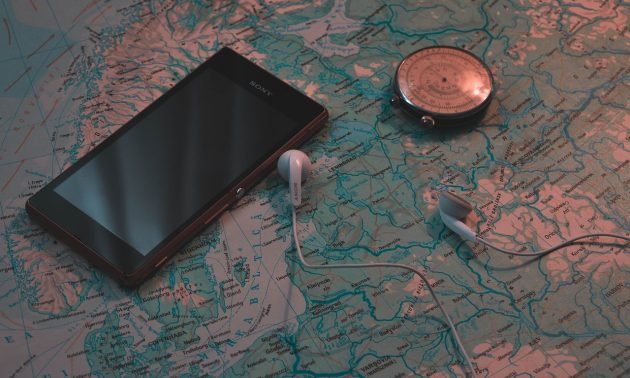Immediately warn that in the text you will not find the names of manufacturers and specific names of devices. Dozens of new gadgets appear on the market every year, while the old ones are discontinued, so such an article will quickly lose relevance. We suggest that we focus on general issues and find out what you need to pay attention to when choosing a GPS navigator for hiking or cycling.
Yes, in the past, they did fine without them. And still sometimes there are tourists of the old school who use only a paper map and a compass. But progress does not stand still, and there are fewer and fewer such people, because even the most inveterate conservative sooner or later realizes that GPS is necessary for hiking.
With the help of the navigator, the following important tasks are easily and simply solved:
Now, without exception, all smartphones have GPS system support. In addition, there is a huge amount of navigation software that allows you to use mobile phones to solve the tasks listed in the previous paragraph. Therefore, many novice tourists are tempted to save money on buying a navigator.

You can do this only if you are going on a picnic or on a short easy hike around your dacha. But in difficult long journeys through sparsely populated areas, you still can't do without a special tourist navigator. And here's why:
I don't want to deny that smartphones also have a number of attractive qualities. Thanks to the abundance of software, you will not be limited only to those maps whose support is provided by the manufacturer of the GPS navigator. Sometimes you may need to contact someone, especially in extreme situations. Many tourists even on hikes do not want to deny themselves the pleasure of reading a book or listening to their favorite music.
Therefore , we can draw the following conclusions:
I recommend choosing products only from those manufacturers who have been working for a long time and have earned authority in this field. Perhaps - what the hell is not joking? — your life and health will depend on the navigator, so let's put aside experiments and savings.
Be sure to pay attention to this issue. On a hike, sometimes there are absolutely extreme conditions, so you need to make special requirements for gadgets.
This parameter affects a lot. Some manufacturers strive to impress users with large touch screens, loud beeps and powerful processors, but modestly keep silent that all this significantly increases the appetite of the device. Therefore, look for a reasonable compromise between technical bells and whistles and battery life, giving preference to the latter.
Travel navigators can be sold with or without integrated maps. In the latter case, it is important to find out whether it is possible to download and use custom maps, including raster ones. If the manufacturer has blocked this feature, you will have to buy "branded" cards separately, the cost of which may eventually exceed the price of the device itself.
You will prepare the route on the computer. And there you will upload the track after the hike. Therefore, make sure that your navigator has PC-compatible interfaces. The days of passion for proprietary connectors are almost over, but it's still worth paying attention to this issue.
These parameters are quite difficult to estimate from pictures on the Internet, but they also matter. Try to find a gadget that you like outwardly and which is convenient to handle with one hand.
The navigator must have a powerful processor to quickly scale maps, and enough memory to store them. However, most modern devices easily cope with such tasks, so you can not focus on this aspect.
Manufacturers often embed a number of additional functions in modern GPS navigators. Some models thus turn into multifunctional combines equipped with a barometer, altimeter, thermometer, camera, wireless interfaces, auto-routing function, area measurement and other engineering achievements.
Do I need all these bells and whistles on a camping trip? Probably not. Here is about the same situation as when buying a slow cooker that can cook three hundred dishes: it looks tempting, but in practice few people need it. Therefore, do not overestimate the availability of additional functions. It is much more important to focus on how the GPS navigator fulfills its main purpose.